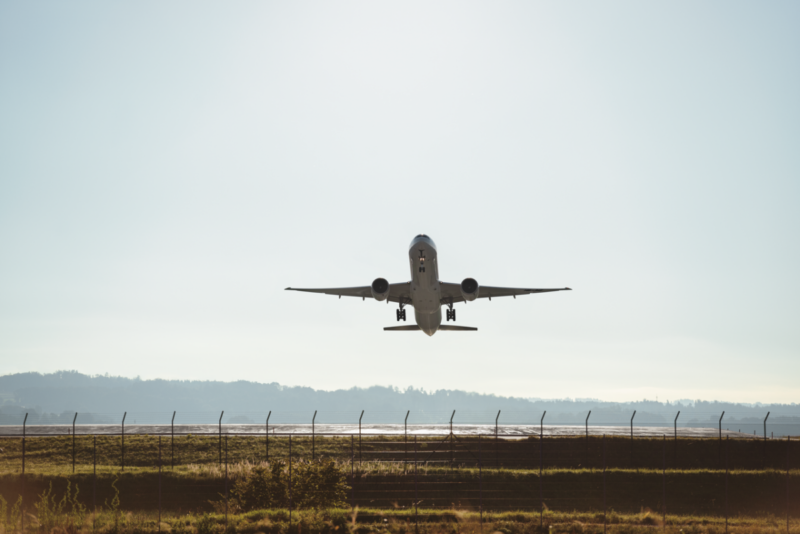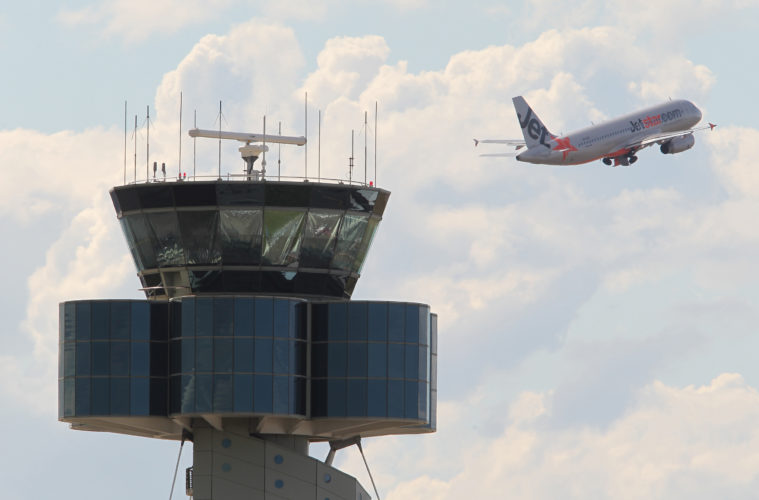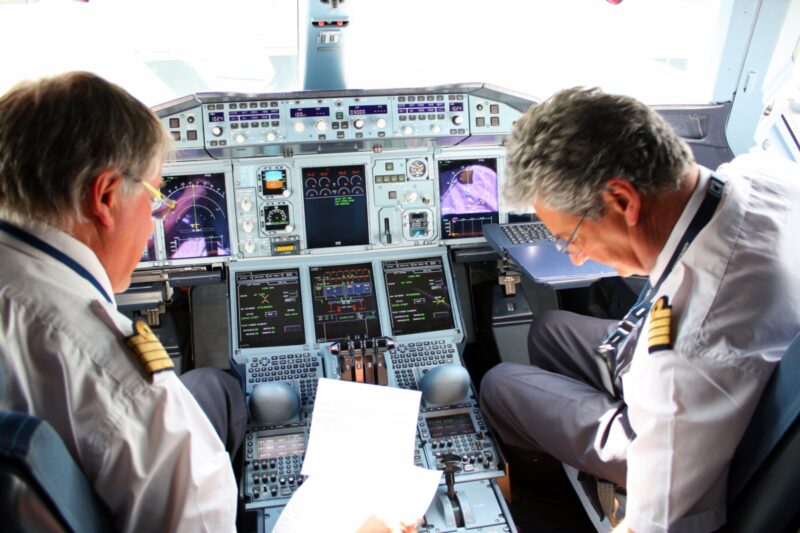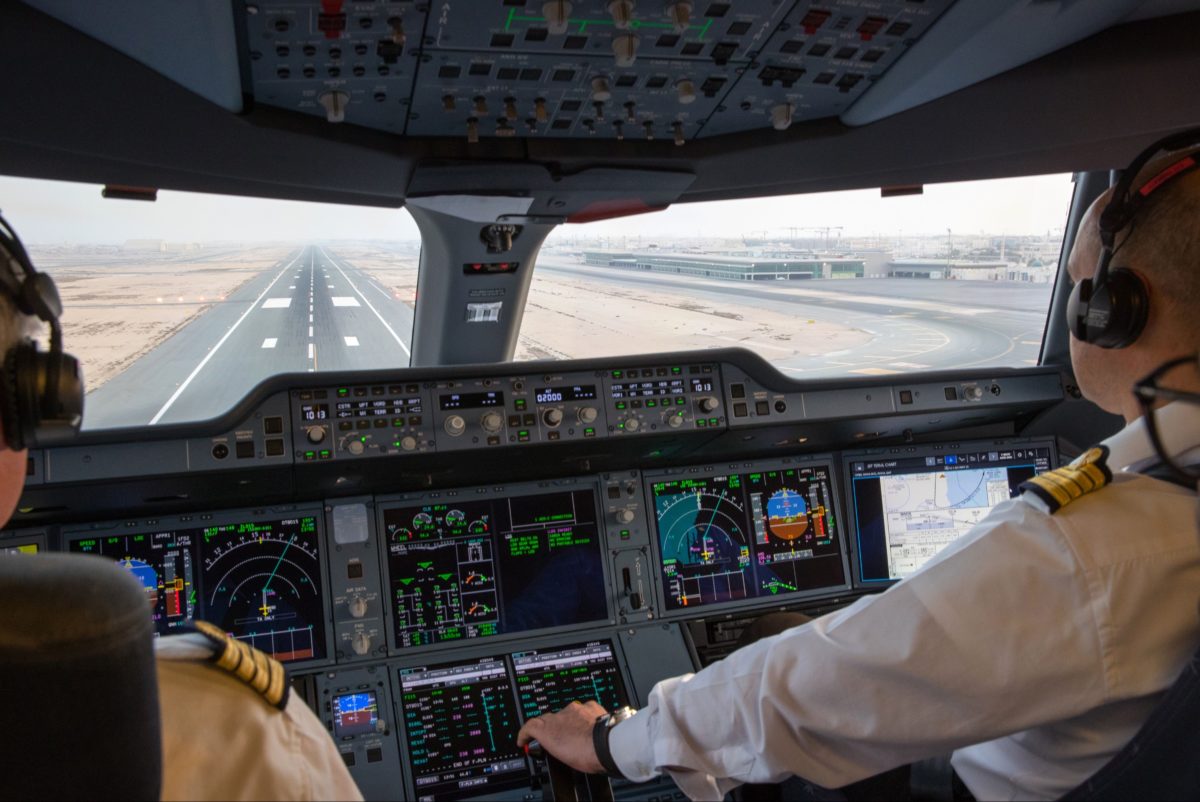Diversions are an everyday occurrence in aviation. Most go unnoticed by the general public and are typically left out of the media, however some notable instances are often captured by passengers and broadcast to the world.
Among these published cases are often a confused, scared, curious and even angry collection of comments, questions and emotions that are not answered by airlines.
In this article, I will be covering what’s involved in a diversion from an operations standpoint and some of the complications that can arise leading to the many questions passengers may have.

Defining a Diversion
A diversion is an unforeseen instance when an aircraft can no longer continue to its intended destination and has to land at the next suitable airport.
It is important to remember that if it is disclosed prior to departure, it is not a diversion but a re-route, often described to passengers as a re-route, a triangular, a pit-stop or an alternate prior to departure.
Aircrew and operations teams train for diversions regularly to ensure the safety and continuation of flight operations in abnormal situations.
The most common reasons for diversions in day-to-day operations include the following:
- Medical events, where passengers or crew may need assistance on the ground if a situation escalates beyond their capabilities.
- Engineering/technical issues which could potentially degrade the functionality or safety of an aircraft to the point where a diversion is required.
- Weather or air traffic control, where the crew are unable to continue to the destination airport due to unfavourable conditions or air traffic control request.
- Passenger disruption occurrences, where one or more passengers present danger to the aircraft, crew or other passengers.

There are many other reasons for diversions but they all typically fall under these four categories, at least in day-to-day operations.
The Options When Diverting
The three primary options discussed when initiating a diversion are whether to land at a company base, a company port or a non-company port.
A company base is what passengers view as a hub. They often house significant operations for the company and have access to trained ground staff, the required equipment to service aircraft, engineering facilities and often spare aircraft. These are the preferred choice when initiating a diversion, however, it depends on the situation.
A company port is a location where the company serves and operates out of, but may not hold as many staff and service equipment and often do not have specialty staff such as engineers readily available. These are the second preferred option when initiating a diversion as while they don’t meet the same contingency options as a base, they have access to them far quicker than a non-company port.
A non-company port is a location where the operator does not serve and has no staff, facilities, equipment or some/all of the contingency plans in place. These are considered a last-resort and are only used if it is necessary as determined by the flight crew, air traffic control or operations.
Initiating a Diversion
When it comes to initiating a diversion, the following line some may be familiar with is actioned:
Aviate, Navigate, Communicate
Whatever the reason for the diversion, the flight crew is responsible for flying the aircraft safely and securing it if it’s in a compromised state.
With the situation established and the aircraft secure, a plan must be in place as to what the intentions of the flight are, how they are going to execute the diversion and what is ahead of the situation.
Even in a non-critical situation such as an airport power outage requiring a diversion, the aircraft must be on the same page as the crew and a plan must be in place to ensure focus is not lost and safety remains at the highest priority.

With the aircraft flying and a plan drawn up, it is required that the crew disclose their intention to divert and the situation if requested.
Failure to declare a diversion could put the aircraft in danger and trigger a response from airline operations, air traffic control, government authorities and more.
Communication is not just limited to air traffic control as they simply have the responsibility of safely guiding aircraft in their designated airspace. Very rarely, if at all, will they be the ones communicating with the likes of operations or engineering teams, however they can assist with organising law enforcement or medical assistance on arrival.
Most modern aircraft have the ability to contact a company’s internal communications network, whether its directly through the aircraft systems, the electronic flight bag (EFB) in the form of a tablet, or a company radio frequency. These systems are what the flight crew use to inform operations of their situation where it can then be determined what the next cause of action should be.
Example: An aircraft is flying from Sydney to Perth when a crew member becomes ill. Other crew members are unable to provide assistance and the flight crew opt to divert to Melbourne. Air traffic control is notified and the diversion is initiated. The flight crew then use their electronic flight bag to relay the situation to operations. While the aircraft is diverting, operations and crewing are behind the scenes organising a replacement crew. Upon landing, the ill crew member disembarks and is replaced immediately. The flight continues with minimal disruption to passengers thanks to the quick communication from the crew to air traffic control and operations.
While diversions aren’t intentional, the options are always assessed throughout cruise so the crew can be prepared. This includes monitoring weather, planning the nearest suitable airport based on aircraft performance and constantly being alert for anything abnormal.
Communication is necessary to ensure safety and minimal disruption to a service!
By keeping the operation teams informed of the situation, contingency plans can be activated, such as securing engineers, a replacement aircraft, additional fuel or a replacement crew as per the example above.
The Complications of a Diversion
Although diversions are common and are trained for regularly, they do come with their complications. It is important to recognise these early on to minimise disruption and build onto the contingency plans, but from a passenger standpoint, any disruption or complication in the process is a negative.
On the 26th of February 2023, Jetstar flight JQ30 from Bangkok to Melbourne diverted to Alice Springs due to a medical emergency onboard. Upon landing, an electrical fault on the Boeing 787-8 Dreamliner grounded the aircraft, significantly complicating the situation.
The situation was extremely unfavourable for passengers as they were forced to remain onboard for seven hours due to Alice Springs not having customs to screen the international flight.
Passengers were eventually allowed to disembark and remain in a portioned area of the airport until a replacement aircraft was sent.
Two passengers were arrested after they attempted to leave the aircraft and became aggressive towards flight crew.
This diversion is the perfect example of everything piling up to really complicate the issue, however, when breaking it down, it becomes far easier to understand and the issues can be worked on by their respective teams.
- A medical emergency on board was no longer treatable by the crew, thus requiring the diversion.
- Continuing on to a more suitable airport could have put the passenger at risk of serious injury or death.
- Landing at Alice Springs allowed for quick medical treatment, however lack of border force resulted in more than 300 passengers being kept on board.
- An electrical fault grounded the aircraft, requiring a replacement to be flown in.
- Bags were unable to be sent on the replacement flight due to no aircraft service equipment in Alice Springs.
Understanding Diversions May Occur On Your Flight
If you’re flying and it is announced by the crew that you will be diverting, the first thing to do is listen and follow any instructions if necessary. The crew have far more information than the passengers and work with multiple outlets to determine the best action plan for the flight, whether its returning to the departure port or diverting to an entirely different location.
It may be frustrating and disruptive to your plans, however the safety and wellbeing of everyone on board is an airlines highest priority, regardless of why the flight may be diverting.
Whilst answers may be limited initially and this can be worrisome for passengers, it is important to understand that the crew are not required to disclose information to you or they simply may not have all the details available at the time. Additionally, their priority is flying the aircraft, navigating the issue and communicating last.
As a passenger, you should be understanding of the situation and acknowledge that most of the time plans are already in place to have you on your way as soon as possible. The airline wants people and planes moving just as much as you do!
Although not all scenarios and technicalities were covered in this feature, I hope as a passenger you have a greater understanding on what’s involved in a diversion and the people behind the scenes that work together to keep the operation moving.




